Introduction
The OM System M.Zuiko Digital ED 40-150mm F4.0 Pro is a compact, lightweight and weather-sealed telephoto zoom lens for the Micro Four Thirds system.
Featuring a 35mm equivalent focal range of 80-300mm, the OM System M.Zuiko Digital ED 40-150mm F4.0 Pro offers a constant maximum aperture of f/4 throughout its zoom range, plus fast and quiet auto focusing.
It has an optical formula comprised of 19 elements arranged in 9 groups, including two aspherical, two ED, one Super ED and one HR elements.
Other highlights include a minimum focusing distance of 70cm and a maximum magnification of 0.21x, with a ZERO (Zuiko Extra-low Reflection Optical) coating to control aberrations, ghosting and flare and a Fluorine coating to protect against dust, water droplets, grease, and dirt.
The OM System M.Zuiko Digital ED 40-150mm F4.0 Pro lens is available now priced at £799.99 in the UK and $899 in the US.
The 40-150mm F4 is manufactured in Vietnam. This lens does not support the use of Olympus MC-14 or MC-20 teleconverters.
Ease of Use
The OM System M.Zuiko Digital ED 40-150mm F4.0 Pro is a weather sealed zoom lens with a dedicated Micro Four Thirds mount that is made of metal, with a rubber seal around the mount. Communication between lens and camera body is provided through eleven electrical contacts.
Note however that in order to take full advantage of the weatherproofing, you will need to mount it on a similarly sealed body, like the new flagship OM System OM-1 camera that we tested it with.
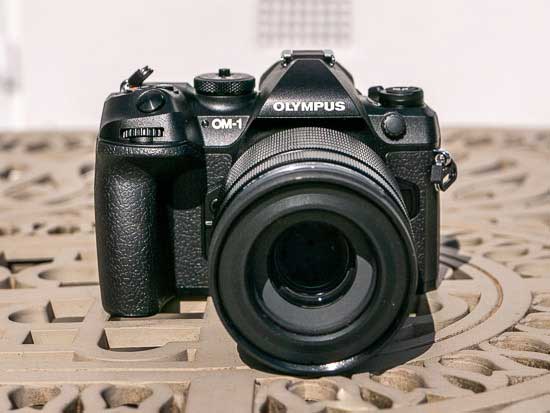
Tipping the scales at a mere 382g and measuring 99.4mm in length and 68.9mm in diameter, the OM System M.Zuiko Digital ED 40-150mm F4.0 Pro is an incredibly compact and lightweight telephoto zoom lens. When it’s unlocked and zoomed out to 40-150mm, though, it does gain another 2cm in length.
The OM System OM-1 used for this test is a very good match for the lens, offering good balance, fast auto focus, and full environmental seals.
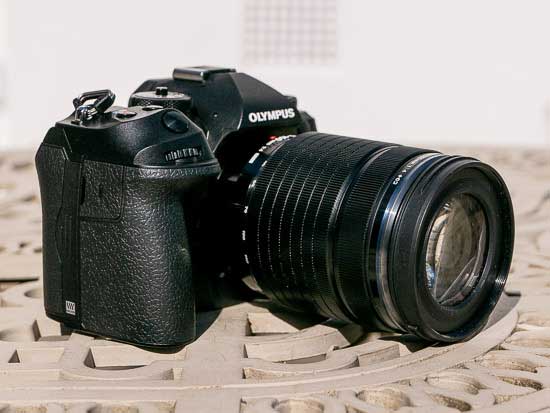
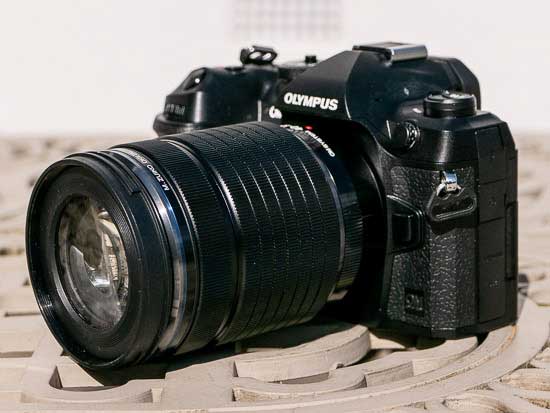
The M.Zuiko Digital ED 40-150mm F4.0 Pro lens is very well built, fully living up to the PRO designation that Olympus have given it.
In terms of features, the M.Zuiko Digital ED 40-150mm F4.0 Pro is simpler than some of the the bigger, faster Olympus Pro lenses.


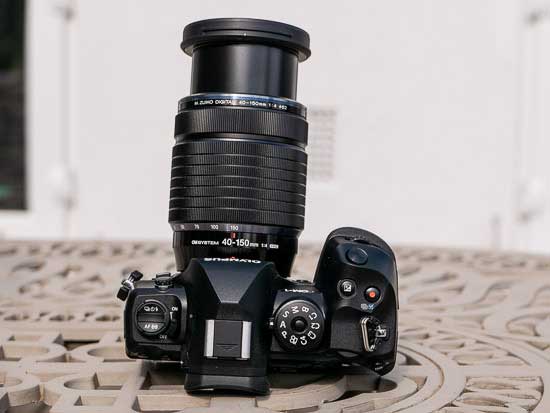
As with all Olympus M.Zuiko lenses, the 40-150mm F4.0 Pro does not offer image stabilisation. Instead this is provided by the camera body, in this instance the frankly amazing 5-axis system in the OM-1, which provides 7 stops of compensation when paired with this lens.
So while the lack of in-lens image stabilisation is a non-issue for Olympus camera users, owners of other manufacturers products who don’t offer in-camera image stabilisation in some of their cameras, like Panasonic, may want to consider a different lens.
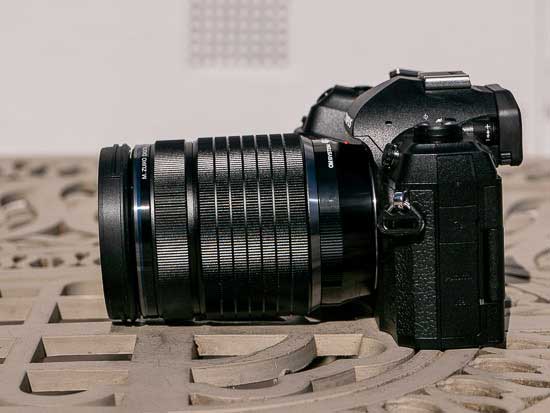

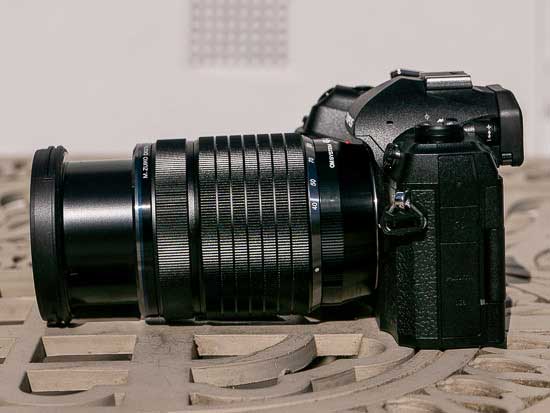
With the 40-150mm lens attached to an OM-1 body, focusing proved to very quick in most situations. This combination is capable of locking focus on a subject almost instantly, even when alternating between close and faraway subjects.
In extreme low-light situations you may experience a little focus hunting at the long end, where a lens with a faster f/2.8 constant aperture would help avoid this.
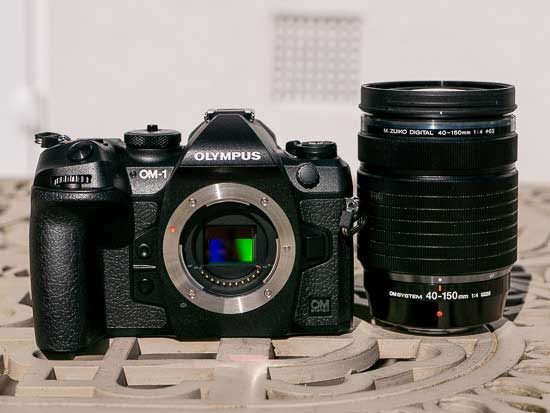
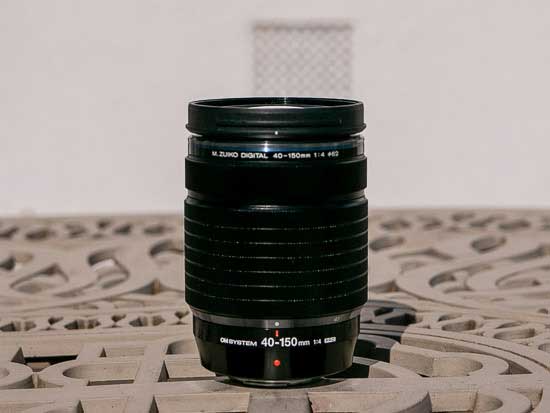

Manual focusing is done in a traditional fashion, with the adequately sized focus ring mechanically coupled to the moving lens elements, although there are no hard stops at either end. Focusing is fully internal and the filter thread does not rotate on focus.
The Olympus M.ZUIKO Digital ED 12-45mm f/3.5-6.3 EZ lens features a 62mm filter thread and a front bayonet for attaching the supplied LH‑66E circular lens hood, which twists into place to lock and release it from the lens. The filter thread does not rotate on focus, which is great news for anyone intending to use a polariser or ND grads.
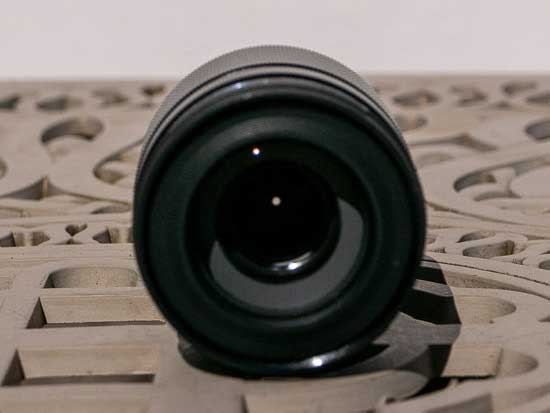
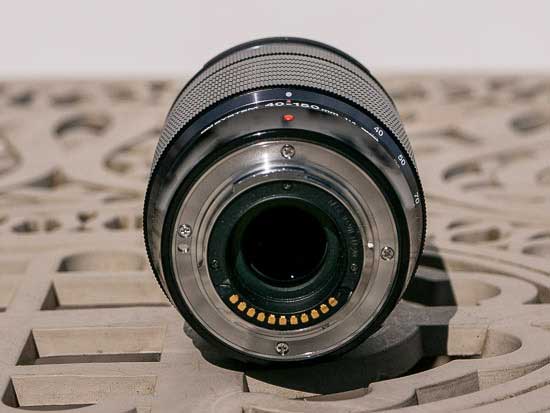
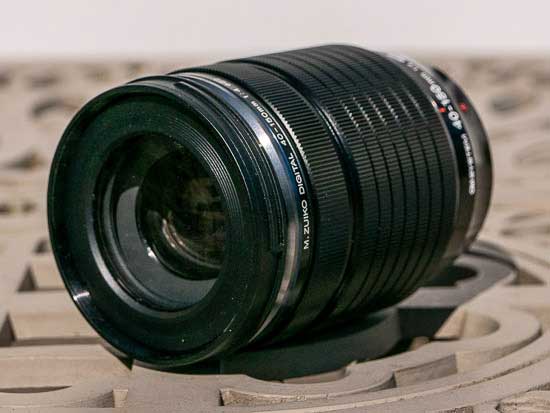
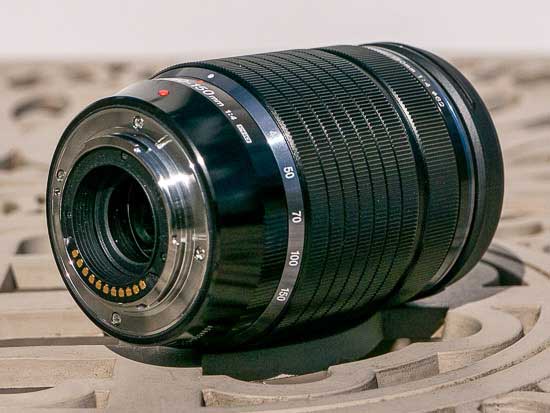
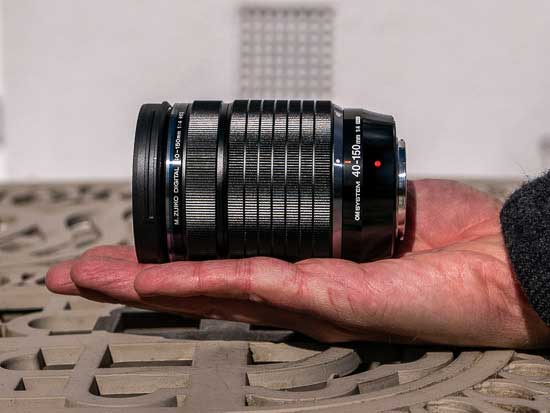
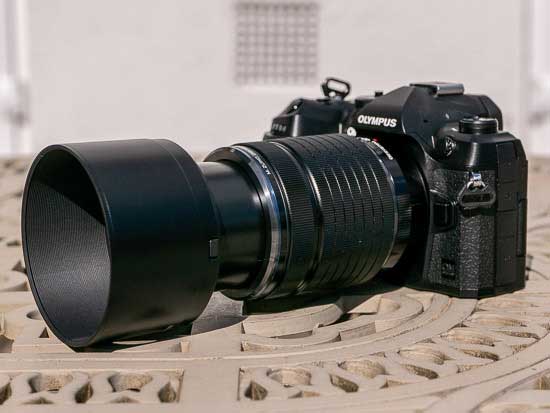
Focal Range
The 40mm focal length provides an angle of view of 30 degrees.

40mm
The 150mm focal length provides an angle of view of 8.2 degrees.

150mm
Chromatic Aberrations
Chromatic aberrations, typically seen as purple or blue fringes along contrasty edges, are not too much of a problem with the OM System M.Zuiko Digital ED 40-150mm F4.0 Pro lens, except in areas of very high contrast.

40mm

150mm
Vignetting
With the lens set to its maximum aperture of f/4, there is some light fall-off in the corners, requiring you to stop down by at least 2 f-stops to completely prevent it.

40mm

150mm
Distortion
The OM System M.Zuiko Digital ED 40-150mm F4.0 Pro doesn’t exhibit very much barrel or pincushion distortion, as you can see in the photos below.

40mm

150mm
Sunstars and Flare
The OM System M.Zuiko Digital ED 40-150mm F4.0 Pro is capable of producing quite nice sunstars when stopped-down to f/22, as shown below, although the lens is susceptible to flare when shooting directly into the sun, even with the supplied lens hood fitted.

40mm

150mm
Macro
The OM System M.Zuiko Digital ED 40-150mm F4.0 Pro is not really a macro lens, but it does offer a usefully close focus point of 70cm / 27.55in from the sensor plane and a maximum magnification of 0.21x.







Bokeh
Bokeh is a word used for the out-of-focus areas of a photograph, and is usually described in qualitative terms, such as smooth / creamy / harsh etc.
OM Systems have paid close attention to this aspect of lens use, employing a 7-segment diaphragm with rounded blades for some pleasing bokeh.
In our view, their efforts have been pretty successful for a telephoto zoom lens – see the examples below to judge for yourself.












Sharpness
In order to show you how sharp the OM System M.Zuiko Digital ED 40-150mm F4.0 Pro lens is, we are providing 100% crops on the following pages.








